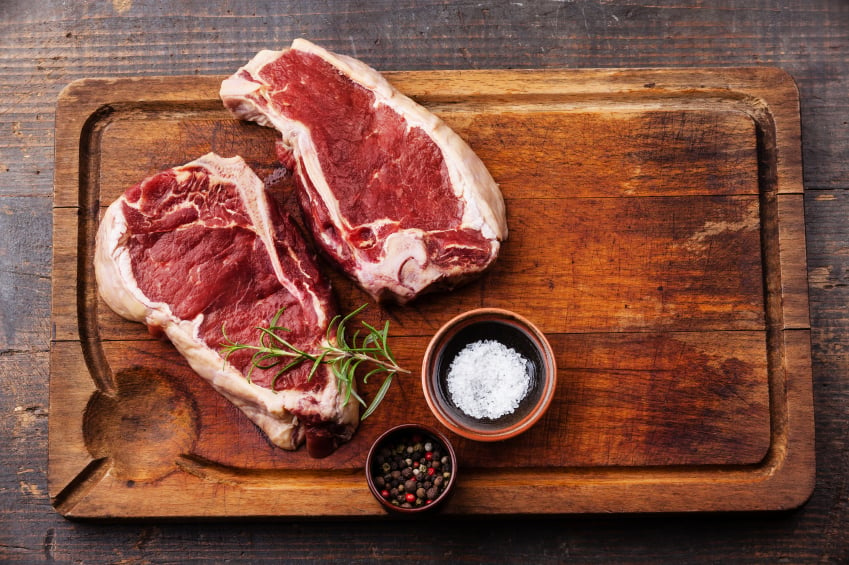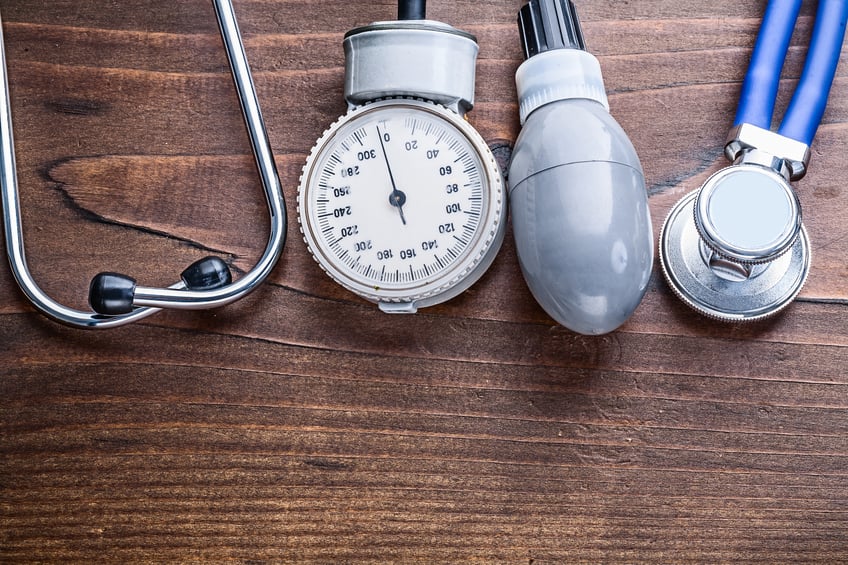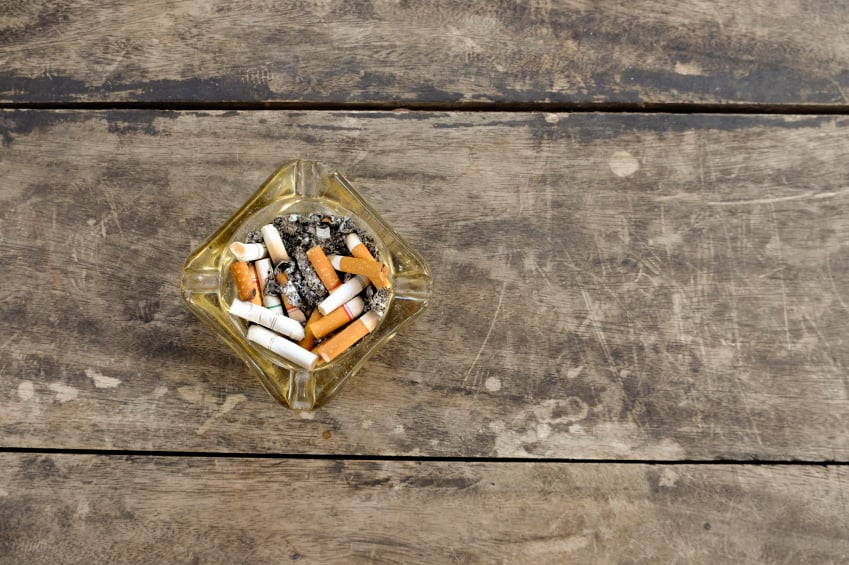Another lazy fucking press release from the NSA. They obviously care not one whit about stroke survivors. I don't see them doing one damn thing to solve all the problems in stroke. They must not even have two functioning neurons to rub together. Why is Stroke in their name anyway? False advertising.
6 Ways You Can Reduce Your Risk of Suffering a Stroke - National Stroke Association
According to the National Stroke Association, a stroke occurs when blood flow to one area of the brain gets cut off. This stops the flow of oxygen, leading to cell death. Depending on what part of the brain is affected, a person may lose control of certain muscles and may have difficulty remembering things. Because it’s the fifth leading cause of death in the U.S., you should do everything you can to reduce your risk. Make sure to follow these tips to lower your chances of having a stroke.
1. Increase your fruit and vegetable intake

A diet rich in produce is good for just about everything, including minimizing your stroke risk. | iStock.com
Pronamel® Can Help Remove Stains & Prevent Acid Wear. Learn More Today!
2. Avoid high-cholesterol foods

Consider cutting back on red meat. | iStock.com
3. Get moving

Even jumping jacks ill do the trick. | iStock.com/Nektarstock
Where should you start? It really depends on your preferences. If you despise running, for example, don’t try to train for a marathon. Instead, focus on something you actually enjoy. Maybe it’s tennis or maybe it’s hitting the pool. Choosing something that you actually like to do means you’re a lot more likely to make it a habit.
4. Lower your blood pressure

Make sure you’re keeping track of your numbers. | iStock.com
You should always start with diet and exercise, which we’ve covered, but it may not be enough for some people. If efforts to eat right and regularly work up a sweat aren’t helping your numbers enough, it’s time to talk about other options with your physician. He or she may prescribe medication to help. For a bit of background on what your discussion might entail, check out the different classes of options and some examples of each over at Healthline.
5. Say no to cigarettes

Still smoke? It’s time to quit. | iStock.com
No comments:
Post a Comment